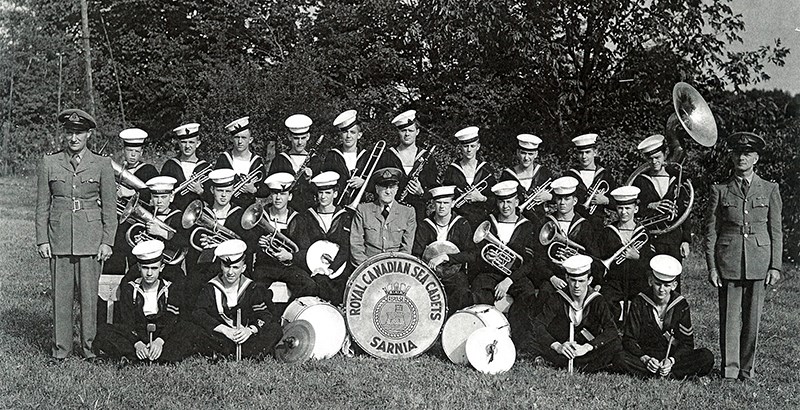Phil Egan
When I was a teenager in the 1960s I briefly toyed with the idea of joining the navy.
Undoubtedly, it was an attempt to impress my father, who had served in the Battle of the Atlantic during the Second World War. Dad’s ship, HMCS Prince Rupert, had sunk the deadly German submarine U-575.
My father, of course, thought the notion ridiculous. It was peacetime, he pointed out. My country didn’t need me. Besides, he was determined that I become an electrical engineer. He had to drop his electrical engineering studies after the war when my mother found herself expecting me.
In the end, I wasn’t enamoured enough with the idea of going to sea to follow my father’s footsteps. The closest I came was by joining HMCS Repulse – the local “ship” of the Royal Canadian Sea Cadets.
I thought it was fantastic.
The sea cadets taught me the techniques of sailing and navigation, how to tie strange knots, how to keep my uniform “tiddly,” how to sling a hammock and fire a rifle and fix a bayonet. They allowed me to pilot a minesweeper through the Great Lakes and, for seven weeks one summer, sail the waters of Glace Bay in a whaler off Cape Breton.
The Sea Cadets had come to Sarnia in May of 1943, during the Second World War. The Navy League Sea Cadet Corps had been operating in Canada since 1917 and by that point had trained an estimated 25,000 boys.
Sea Cadets was a nursery for navy sailors and seaman of the merchant marine.
From November 21-27 of that year, Sarnia celebrated “Navy Week.” The 200-strong cadets of Repulse under the command of Lt. Clayton Kilbreath opened their “training ship” to the public. The two-storey building at the corner of Johnston and Front streets had formerly housed the Insulated Building Materials lumber mill. An extensive renovation had filled the building with nautical equipment. The Pressey Transport Boys Band was reincarnated as the Sea Cadet band under the leadership of F.B. Freele.
In the spirit of Navy Week, citizens were urged to contribute socks, scarves and sweaters to 150,000 “ditty bags” to provide comfort to “the boys standing watch in the cold hours of the night on the spray-swept decks of corvettes and destroyers.”
Angus L. Macdonald, the minister of national defence for naval service, praised the sea cadet program, saying “training is essential to make good men for service at sea.”
In my own case, the training didn’t result in “service at sea” so much as a great time and a wee taste of navy life.
